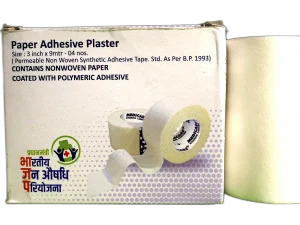◉The cannula should be taken out of its sterile packaging carefully, ensuring that the sterility is maintained
The cannula should be inspected for any defects or damage before use. If any defects or damage are found, the cannula should not be used
The insertion site should be prepared according to the standard practice of the healthcare provider
The cannula should be inserted into the vein using sterile technique
Once the cannula is in place, it should be secured to the skin using an appropriate dressing
The cannula should be flushed with saline or heparinized solution to ensure patency
The medication, fluid, or nutrient can then be administered through the cannula, or blood samples can be collected
After use, the cannula should be carefully removed, and the site should be properly dressed to prevent infection.
Composition of Drug
◉This is a i.v cannula (sterile, disposable),20g.
How does the Drug work
◉ IV Cannula is a sterile, disposable medical device that is designed to be inserted into a vein to provide access for the administration of fluids, medications, or blood products. The “20 g” refers to the gauge or thickness of the cannula, which indicates the diameter of the needle.
◉ When the IV cannula is inserted into a vein, it pierces the skin and penetrates the vein wall. The cannula is then advanced into the vein, and a catheter is inserted through the cannula into the vein. The catheter is then used to administer fluids or medications, or to draw blood samples.
◉ The cannula is made of plastic and is designed to be disposable, which means that it is used only once and then discarded. This is important to prevent the spread of infections, as reusable medical devices can harbor bacteria and other harmful microorganisms
Overall, the IV Cannula is a safe and effective medical device that provides a means for healthcare professionals to administer medications and fluids to patients in need.





